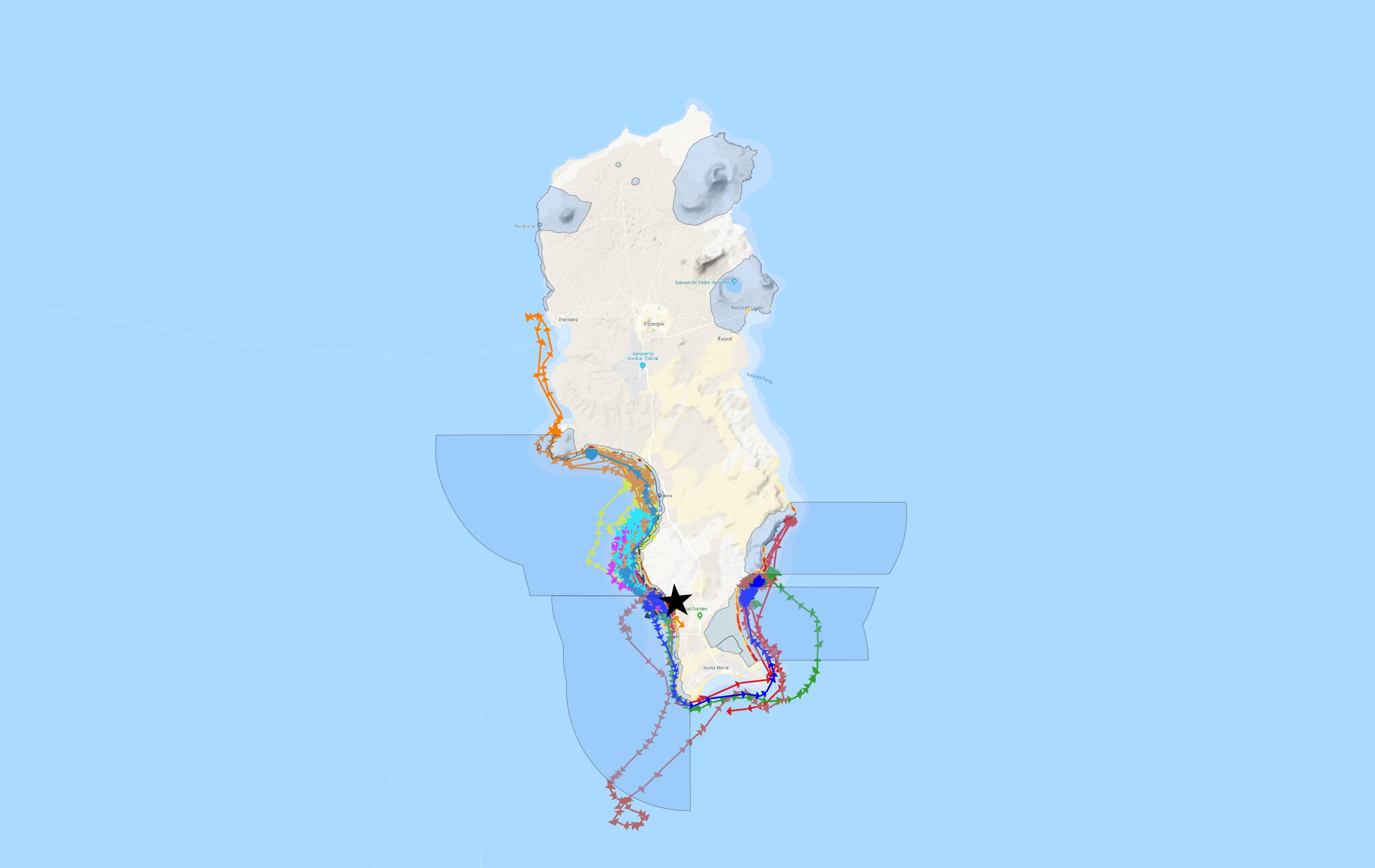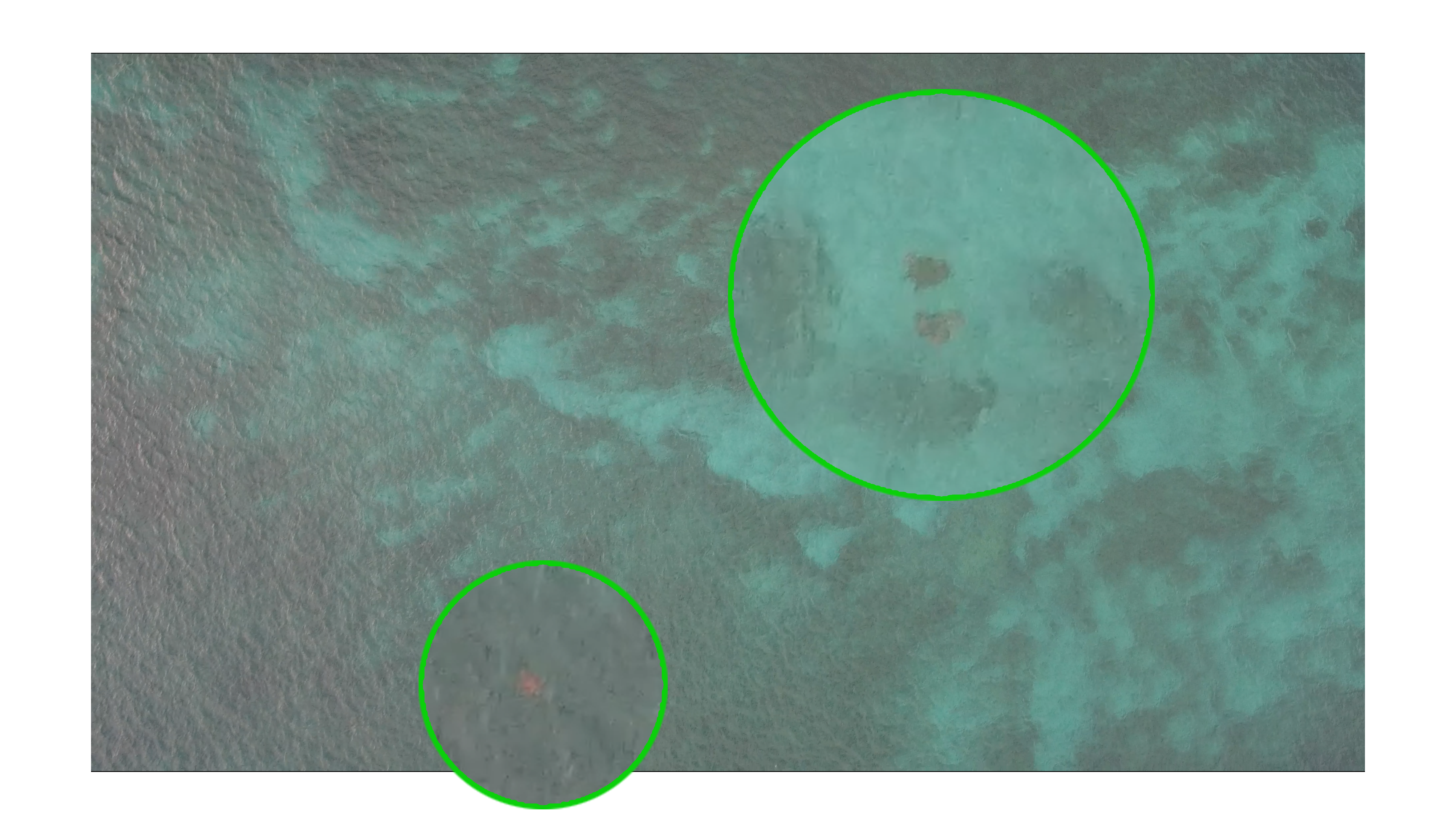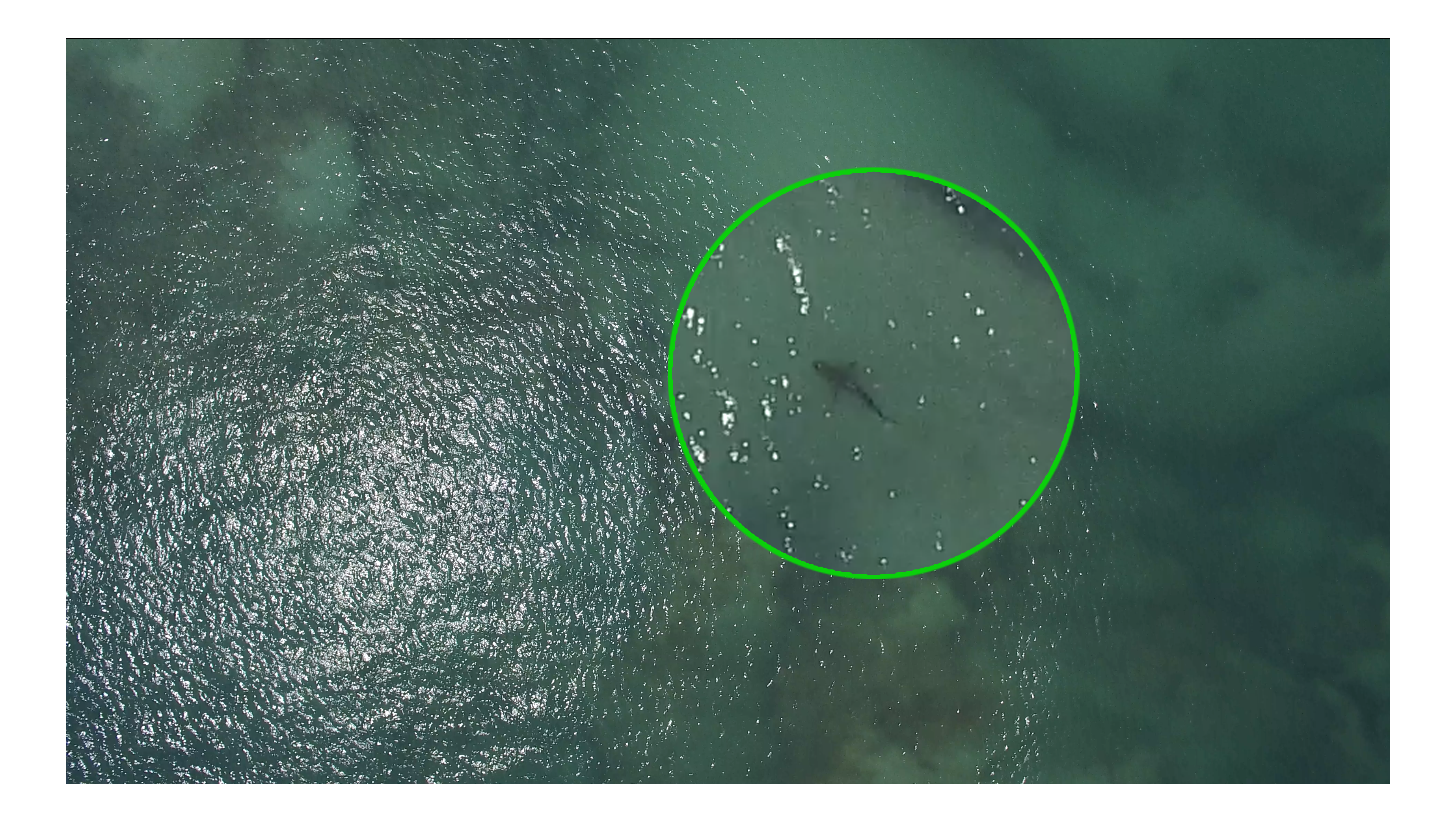Research
The Eizaguirre Lab connects fundamental research and applied conservation to answer the many questions and needs from conservation groups and stakeholders. Our primary research supports management strategies and policies.
Our research is interdisciplinary and covers the following topics:
1. Long-term surveys
In 2010 we asked ourselves whether the nesting population of Cabo Verde was a unique nesting aggregation or a cluster of smaller genetic-diverse groups. To answer this question, we partnered with conservation groups from 10 different islands. Since then, hundreds of students and volunteers have been collecting DNA samples from nesting turtles, becoming this research the largest citizen project in Cabo Verde.
Of course, having dozens of teams collecting samples is not trivial, even more when you need comparable results. To solve this obstacle we standardised field protocols across the archipelago and we started the Ambassadors Scheme, a sort of internship programme for Cabo Verdean university students or recent graduates that were trained to lead the field teams. Some of these students are now coordinating projects in Sal and Boa Vista.

Sampling at night
As a result of our research, we found that the loggerheads of Cabo Verde are distributed in 4 different groups with unique genetic diversity. This diversity has been kept thanks to high philopatry of the nesting females (also known as natal homing). We also found that the islands of smaller nesting populations were the ones with the biggest genetic diversity and, therefore, important to keep the whole population stable.
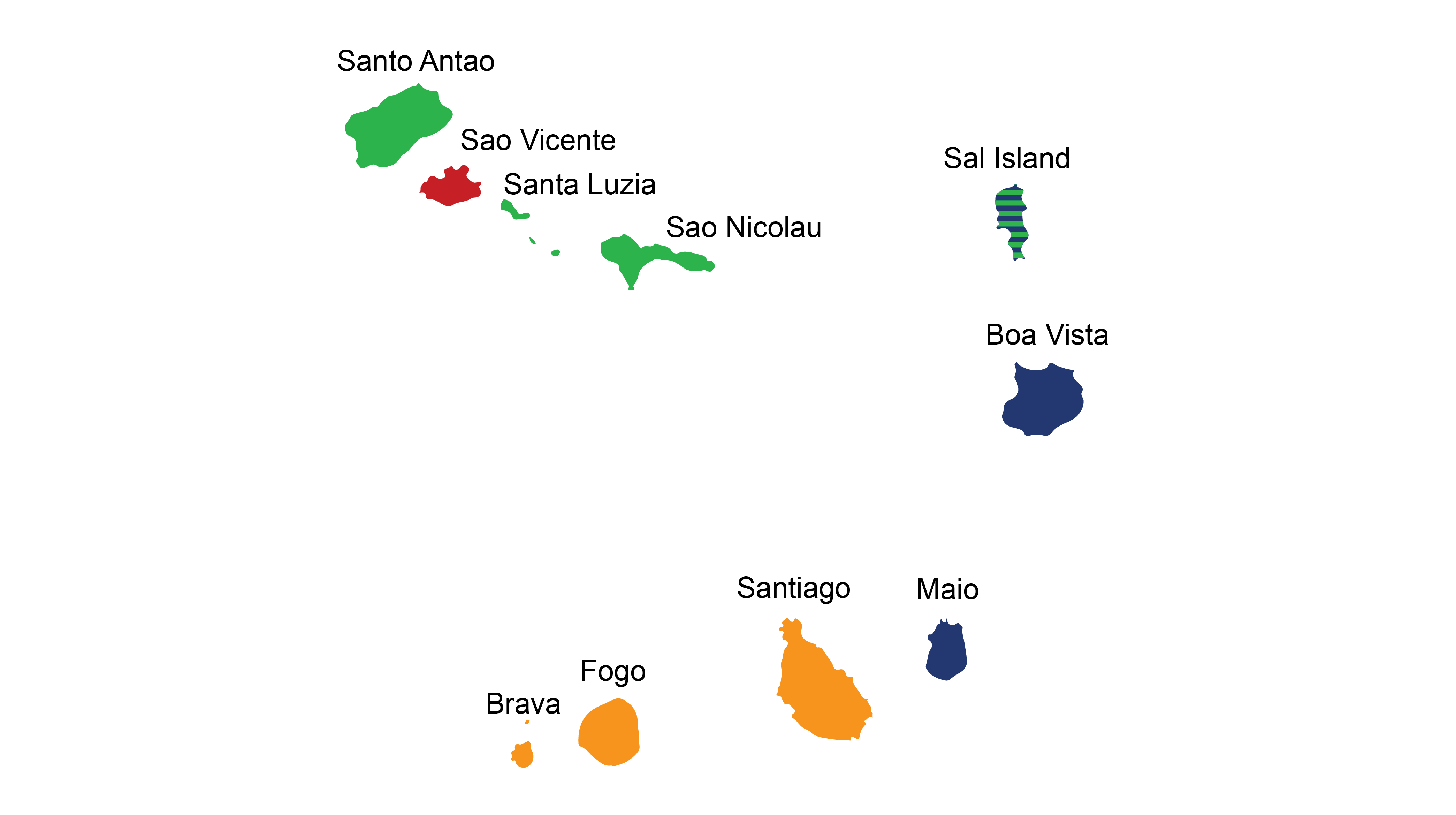
Map of Cabo Verde with the 4 genetic-diverse groups
This research translates into impact:
- Drastic reduction of poaching of nesting turtles, mainly due to increased number of people patrolling the beaches (and collecting samples);
- Increased support for local NGOs, in the form of institutional support, surveillance capacity and access to better funding;
- University students and community members trained and capable to porsue a career in conservation, some of them already in coordination roles;
- Share of knowledge between all groups and islands thanks to standardised protocols.
All data is made publicly available for research or education through our TurtleBase.
2. Effect of Climate Change on sex determination
Sea turtle sex is determined by the incubation temperature during the embryonic development (a mechanism known as TSD or Temperature-dependent Sex Determination). Today we know that above a certain pivotal temperature, nests will produce more males, while lower temperatures will produce females. This means that the increase in temperature caused by Climate Change could produce single-sex populations of sea turtles, taking them to extinction.
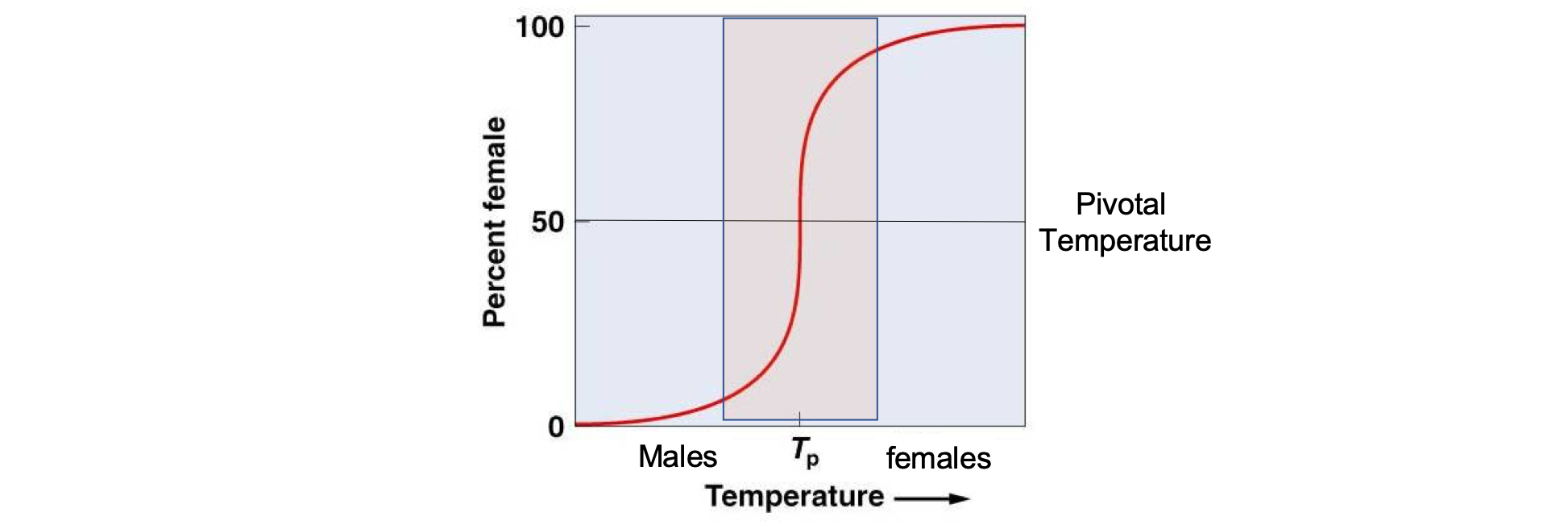
Sea turtle TSD mechanism with pivotal temperature.
Sea turtles have existed over 110 million years, and have successfully survived previous periods of climate change. As such, we investigate whether turtles possess mechanisms with which to buffer the effect of increasing temperatures on the sex ratio of their offspring. Such mechanisms could be crucial for enabling male offspring to be produced in the future.
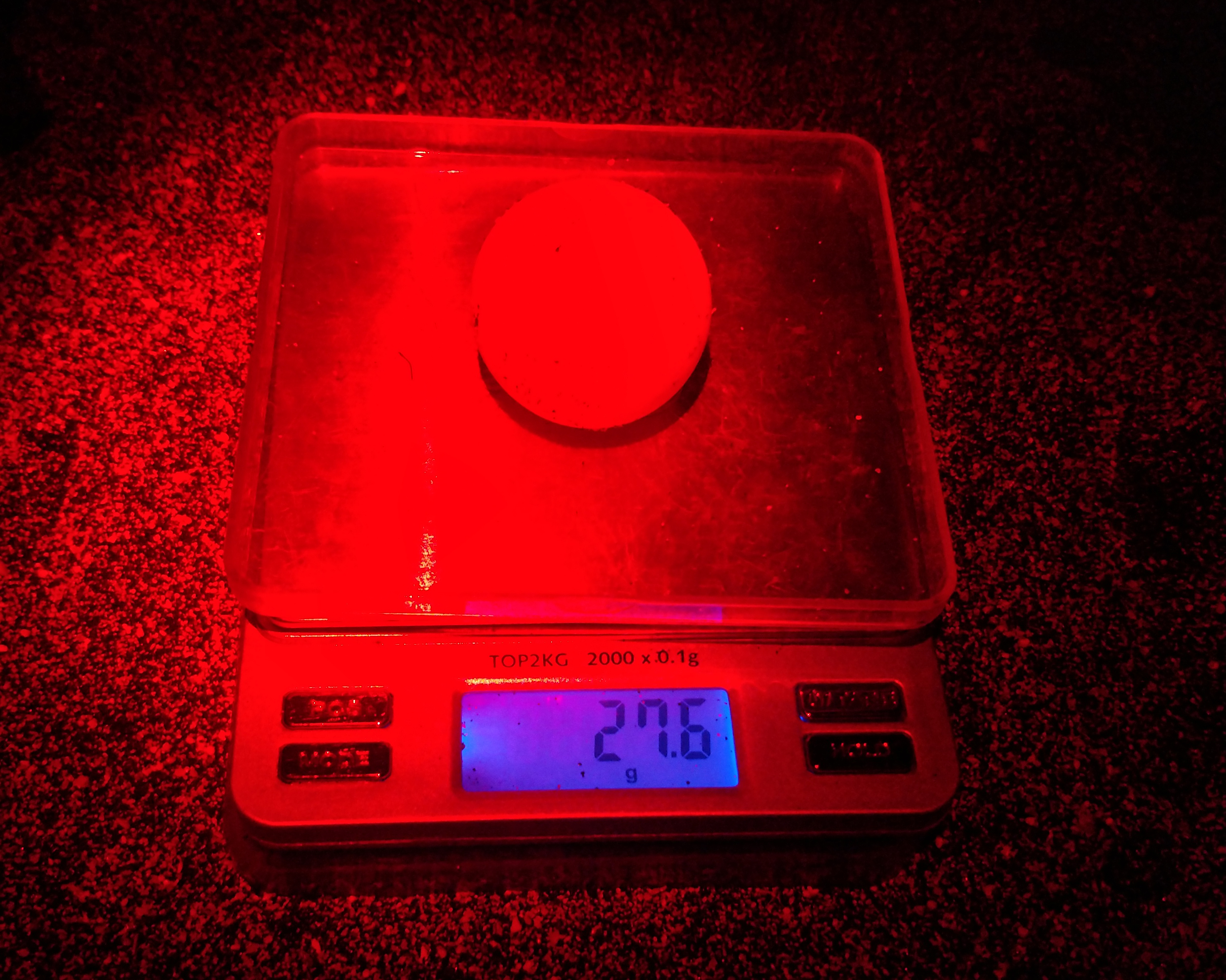
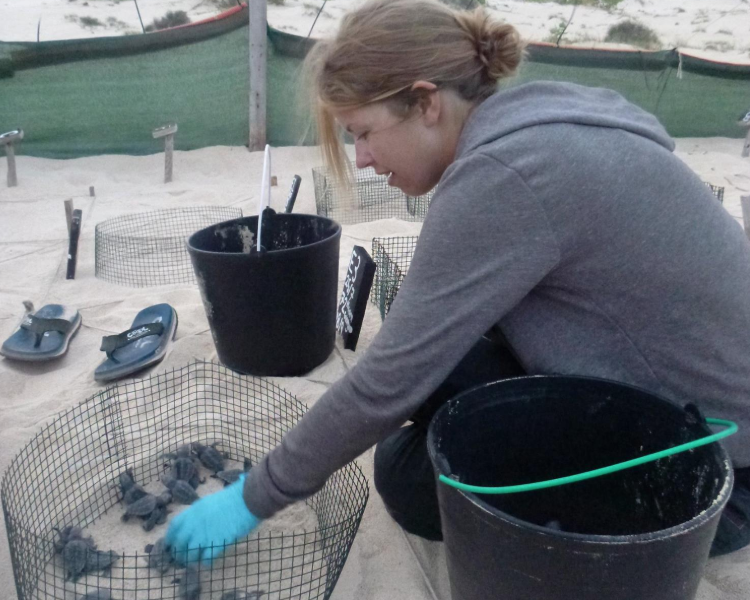
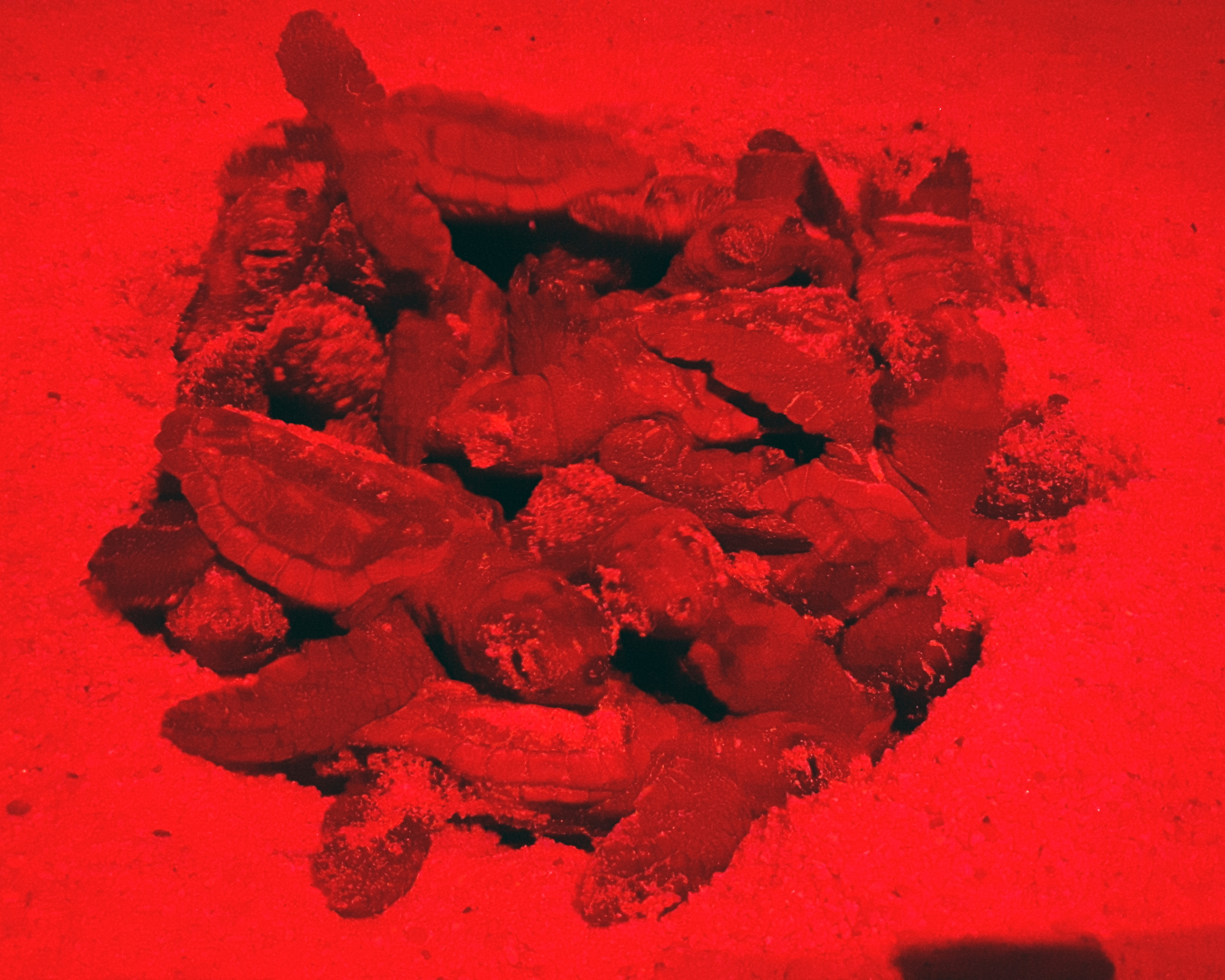
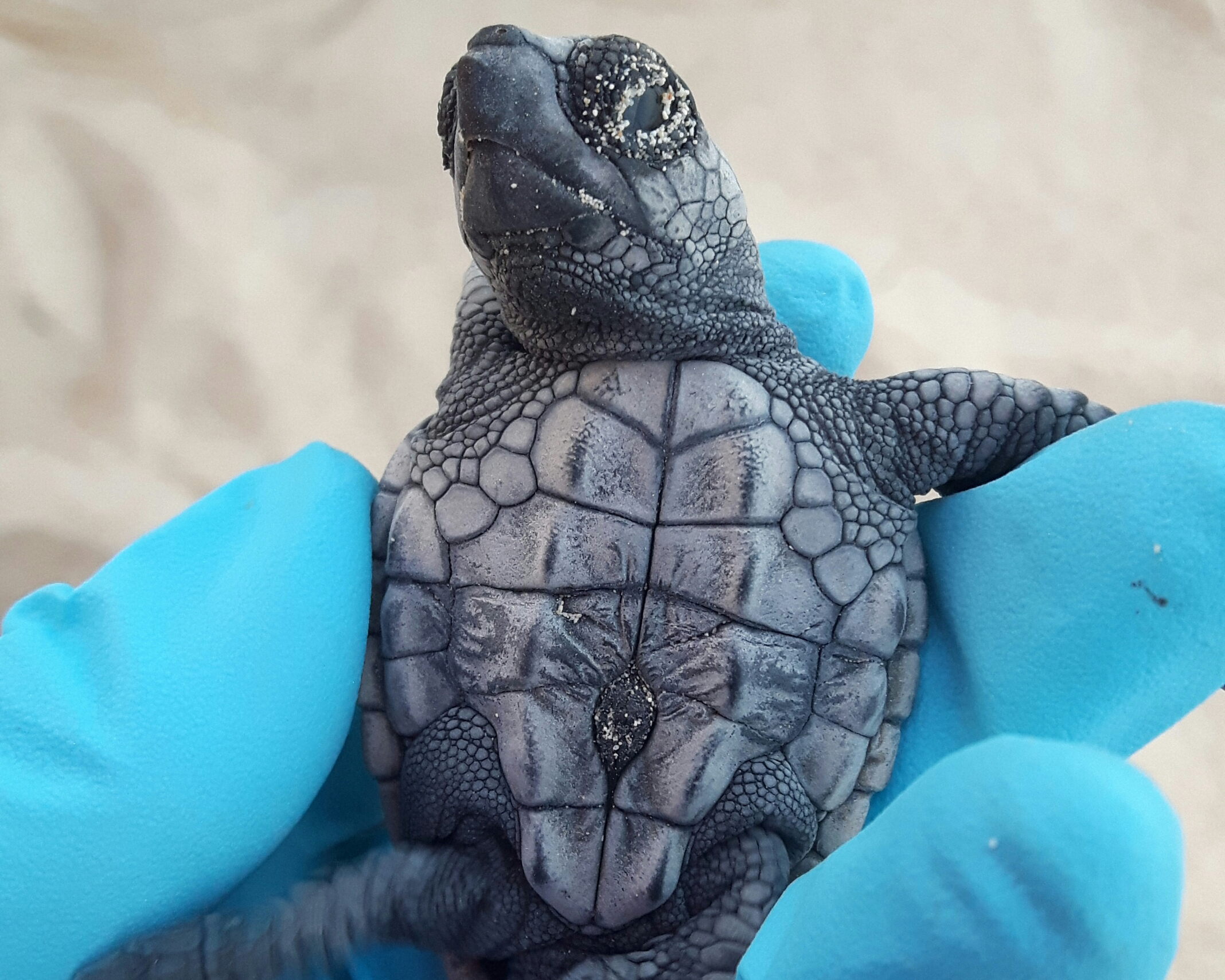
.jpg)
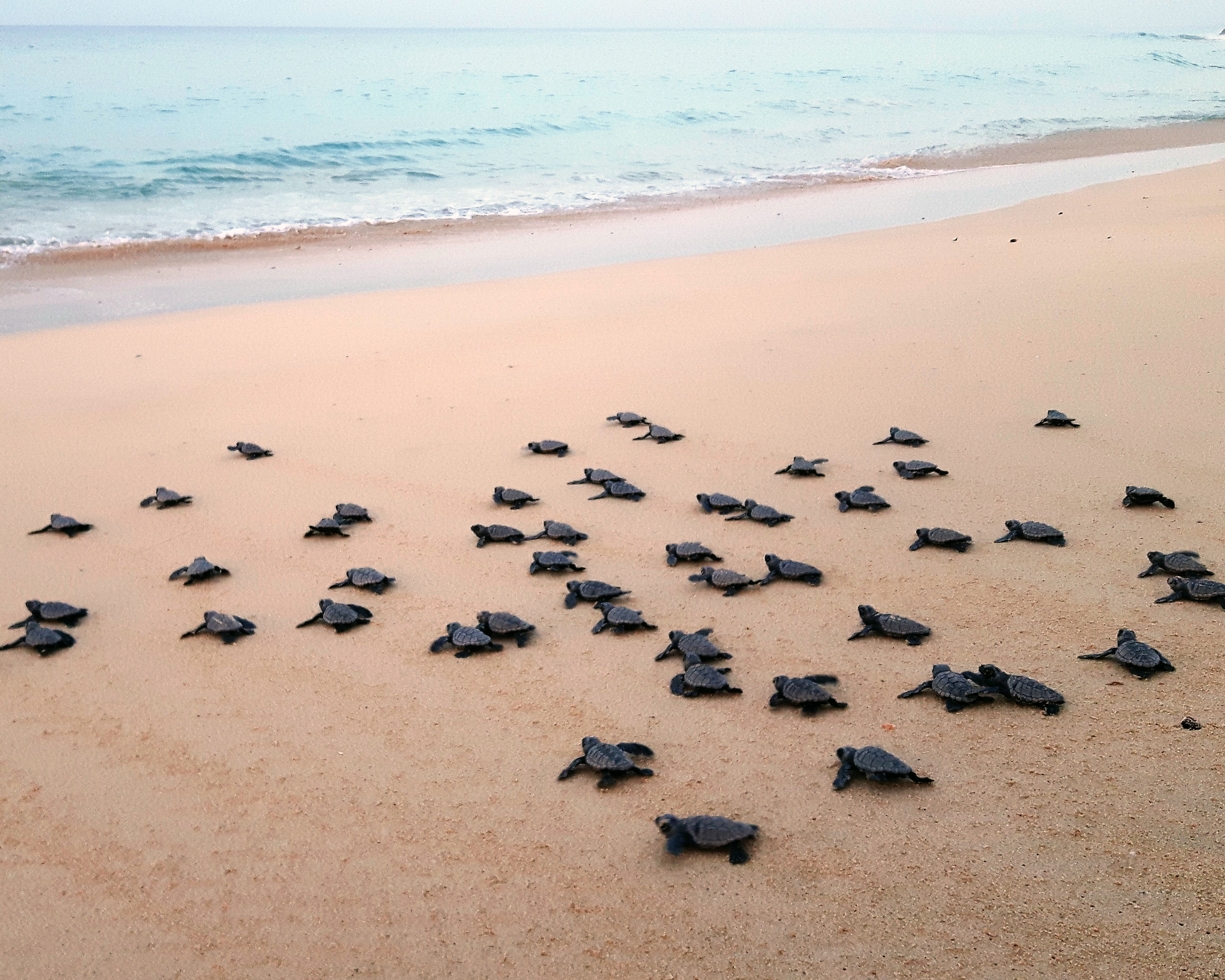
3. Movement ecology
One of the biggest secrets of sea turtles is where they spend their time and what they do while they are in the ocean. Although, this information might seem irrelevant for some people, knowing the whereabouts of sea turtles is crucial for their efficient protection. For example, in Cabo Verde, the most important nesting beaches are protected. But sea turtles spend most of their time in the water and protecting them there is a big challenge for conservationist.
With traditional and new tracking tools, we are filling some of those knowledge gaps and are contributing to inform conservation groups and local and national authorities in Cabo Verde. Some of the applications of our research are:
- Assessment existing and identify new Marine Protected Areas (MPAs);
- Evaluate the interaction between sea turtles, fisheries and other humans activities;
- Public engagement through new tools such as Atlantis VR.
Satellite Telemetry
With satellite-based tracking devices, we can track sea turtle for long distances and periods of time. This, in fact, means that we can follow them during their internesting migrations to feeding grounds. So far, we have deployed a total of 15 devices, 11 on females and 4 on males.
- We confirmed that female loggerheads follow different feeding strategies: oceanic patterns (i.e: Kamoka, that travelled near 17,000 km during 868 days) and neritic movements (i.e: Bolacha, that spent almost 3 years on Sierra Leone).
- We also found that male loggerheads come back to Cabo Verde every year, some of them migrating to the west coast of Africa (i.e: Mingo travelled 19,150 km during 742 days) and others that are resident in Cabo Verde (i.e: Ze, that travelled only 337 km during 421 days).
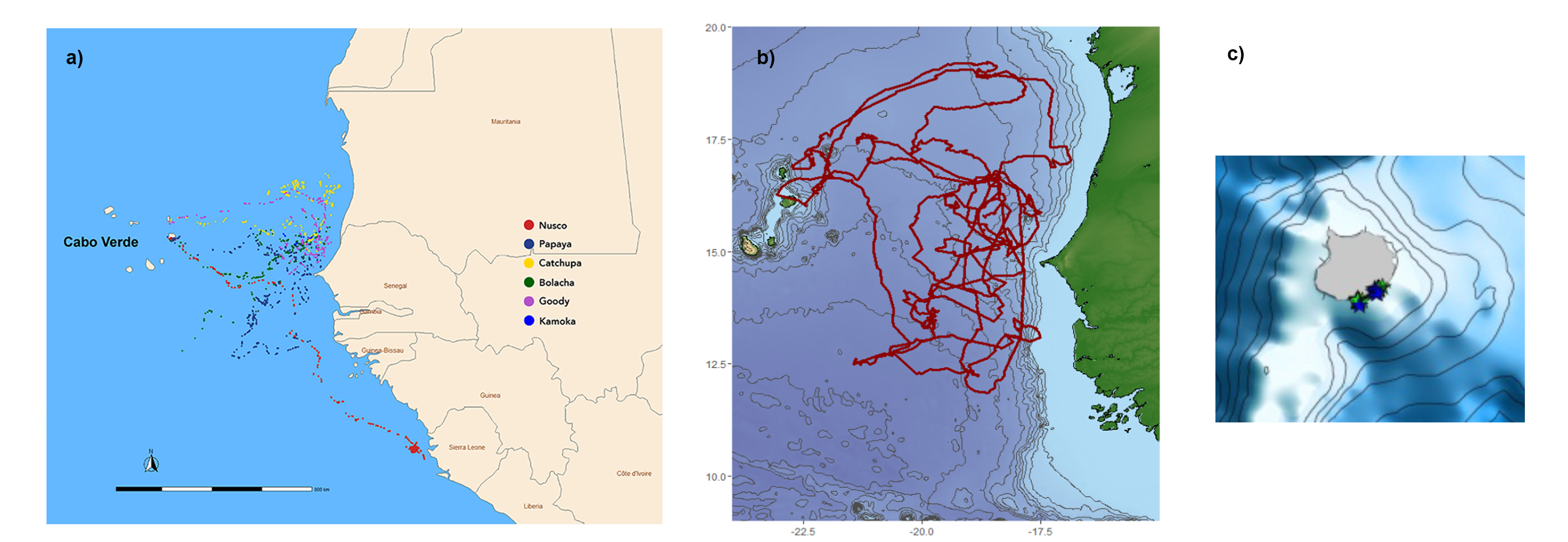
Satellite tracks of loggerhead turtles from Cabo Verde: a) female turtles following oceanic and neritic migratory patterns, b)migration of male turtle "Mingo" and c) resident male turtle "Ze"
4. Host-parasite interactions
Host-parasite interactions
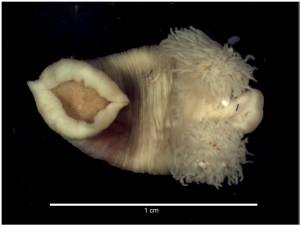
Our long term sampling of turtles across many islands offers an incredible opportunity to observe spatial and temporal fluctuations of parasite load on turtle fitness. Specifically, we record infection levels of Ozobranchus margoi, a leech parasite, in nesting females and measure their effects on reproduction, feeding ecology and physiology on them.
This leech parasite is also speculated to be a vector of the lethal fibropapilloma virus. By sampling the leech and sequencing what infects them, we have an opportunity to detect the arrival of the virus in Cabo Verde and, if need, guide conservation efforts.
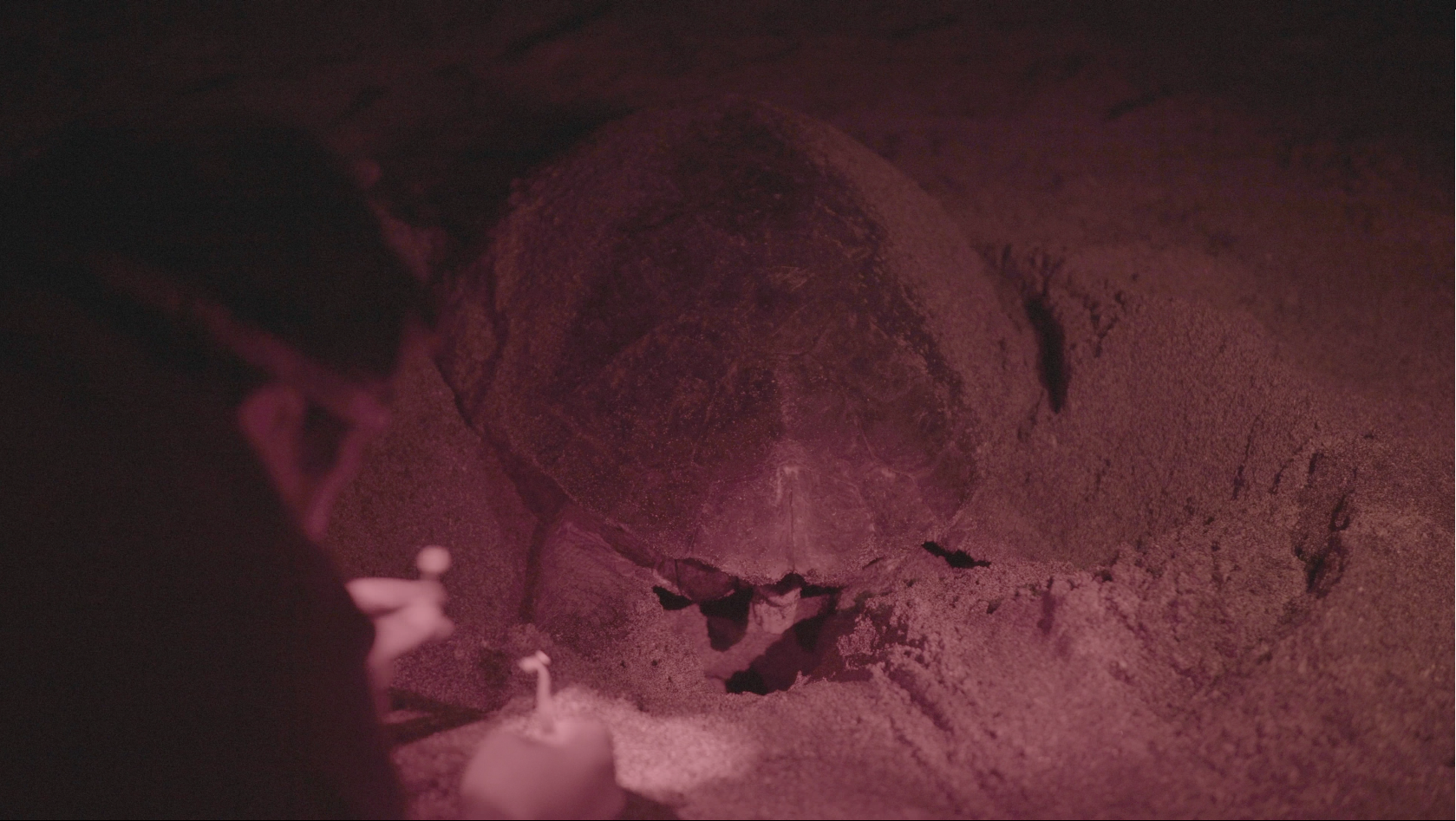
Collection of a leech parasite (Ozobranchus margoi) of a nesting loggerhead turtle.


